A poster providing a definition and examples of alliteration.
Print this poster out in A3 or larger. Display it in your classroom as a visual reminder of alliteration.
Alliteration is the repetition of the same or similar kinds of sounds at the beginning of words or in stressed syllables.
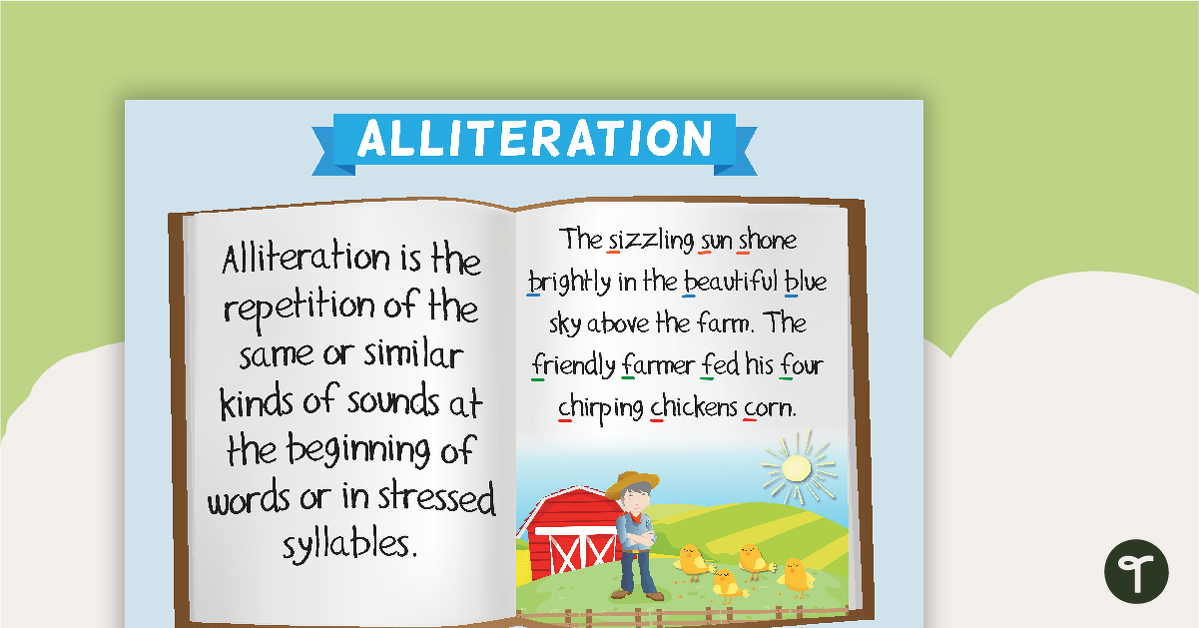
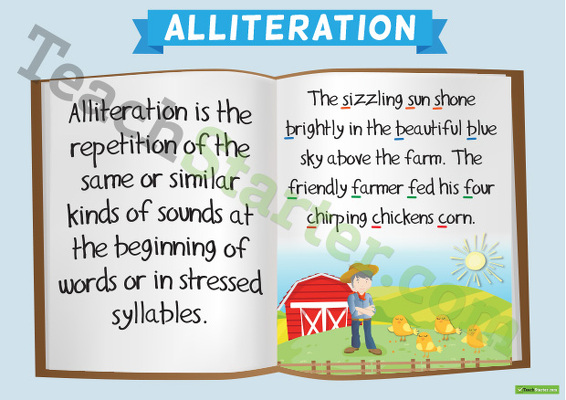

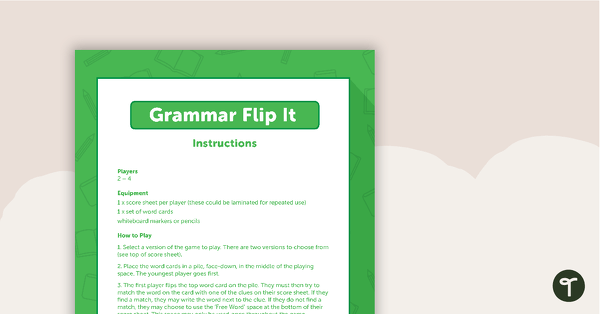
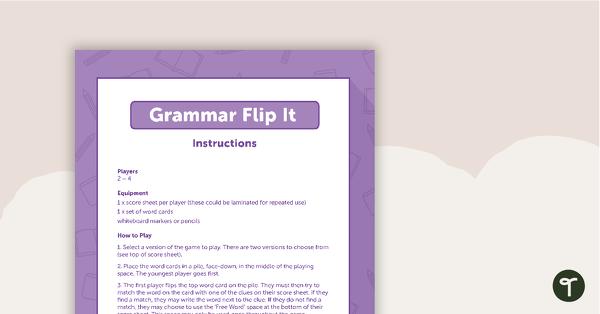

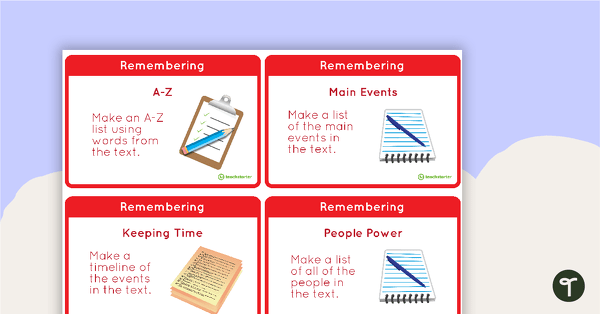
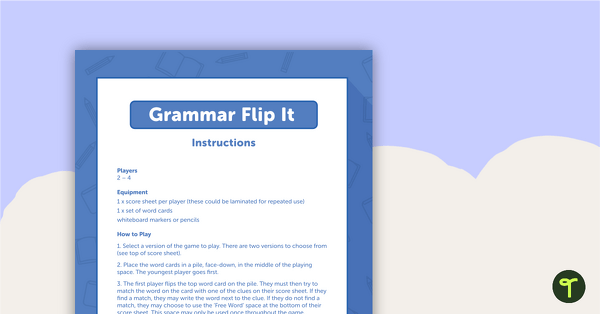


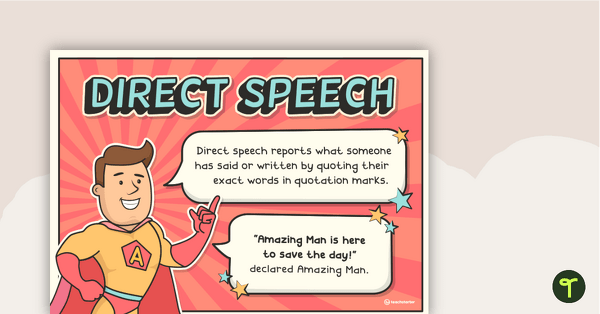
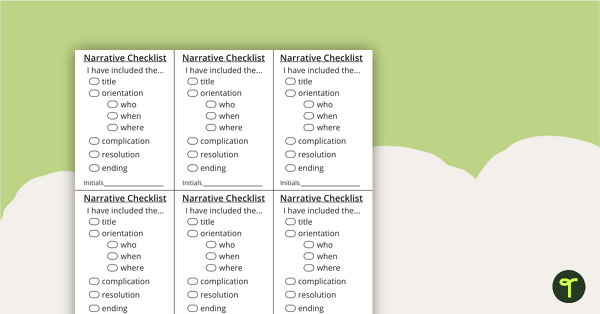

0 Comments
Write a review to help other teachers and parents like yourself. If you'd like to request a change to this resource, or report an error, select the corresponding tab above.